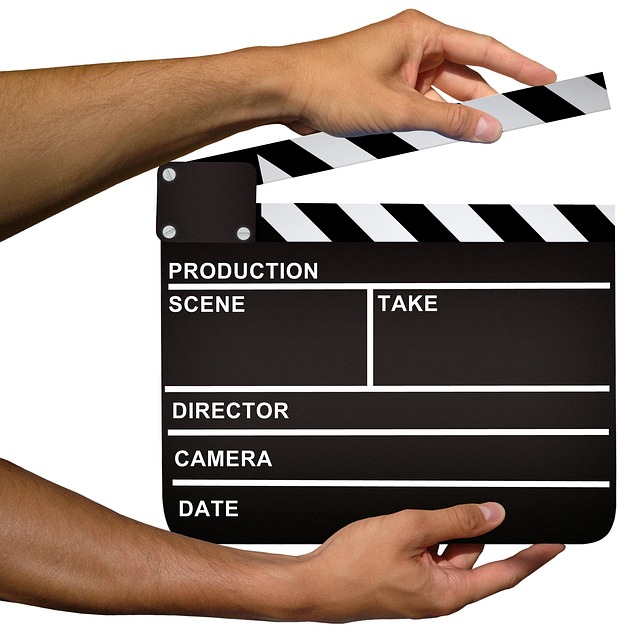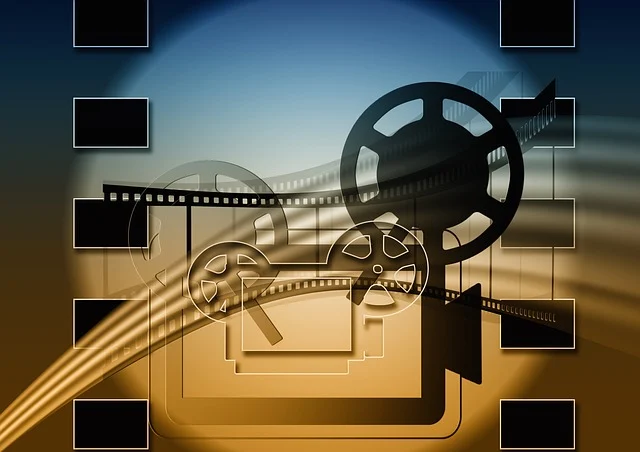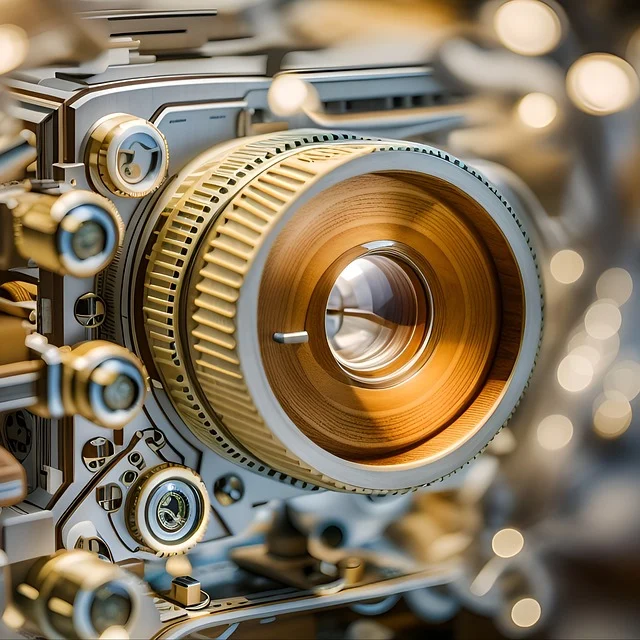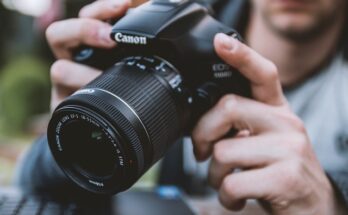Introduction:
Movie cameras have come a long way since their inception, evolving significantly over the years in terms of technology, design, and capabilities. From the earliest hand-cranked cameras to the sophisticated digital marvels of today, the evolution of movie is a testament to human ingenuity and the relentless pursuit of capturing moments in motion.
The Early Days: Hand-Cranked Cameras
The journey of movie traces back to the late 19th century when inventors like Thomas Edison and the Lumière brothers introduced the world to moving pictures. These early cameras were bulky, hand-cranked devices that required considerable effort to operate.
Table of contents
- Introduction:
- The Silent Era: Advancements in Film Technology
- Technological Innovations: From 35mm to Panavision
- The Digital Age: Transition to Digital Cinema
- The Rise of DSLRs and Smartphones:
- Aerial Cinematography: Soaring to New Heights
- Underwater Imaging: Exploring the Depths
- 360-Degree Cameras: Immersive Storytelling
- Conclusion:
The Silent Era: Advancements in Film Technology
As the film industry burgeoned, so did advancements in camera technology. During the silent era of cinema, which lasted until the late 1920s, movie cameras became more refined and portable. Innovations such as the Mitchell Standard and Bell & Howell improved film quality and allowed for greater mobility on set. However, the absence of synchronized sound meant that these still relied on hand-cranked mechanisms for filming.

The Sound Revolution: Introduction of Sync Sound Cameras
The advent of synchronized sound in the late 1920s revolutionized the film industry and brought about a new era of movie cameras. Sync sound like the Movietonews and RCA Photophone allowed filmmakers to capture both audio and visual elements simultaneously, eliminating the need for post-production dubbing. These featured intricate mechanisms for maintaining sync between the film and audio tracks, paving the way for the sound films that followed.
Technological Innovations: From 35mm to Panavision
Throughout the mid-20th century, movie camera technology continued to evolve, with advancements in film formats and camera design. The introduction of 35mm film became the standard for both shooting and projection, offering higher resolution and clarity. Innovations such as widescreen formats (e.g., CinemaScope) and anamorphic lenses (e.g., Panavision) enhanced the cinematic experience, allowing filmmakers to explore new visual storytelling techniques.
The Digital Age: Transition to Digital Cinema
The turn of the 21st century marked a significant turning point in the history of movie cameras with the rise of digital technology. Digital such as the Sony HDW-F900, offered filmmakers greater flexibility, cost-effectiveness, and improved image quality compared to traditional film . Directors like George Lucas embraced digital filmmaking, paving the way for its widespread adoption across the industry.
The Rise of DSLRs and Smartphones:
In recent years, the democratization of filmmaking has been driven by the accessibility of high-quality cameras in everyday devices. DSLR cameras, known for their versatility and affordability, have empowered independent filmmakers and aspiring storytellers to create professional-grade content. Furthermore, smartphones equipped with advanced camera technology and filmmaking apps have enabled anyone to capture and share their stories with the world.

Aerial Cinematography: Soaring to New Heights
One of the most captivating applications of specialty cameras is aerial cinematography. Drones equipped with high-resolution cameras have revolutionized filmmaking by offering stunning aerial perspectives that were once inaccessible or prohibitively expensive. These nimble flying machines can navigate through landscapes with precision, capturing sweeping vistas, dynamic chase sequences, and breathtaking establishing shots that add depth and scale to cinematic narratives.
Aerial cinematography not only provides a fresh visual perspective but also enhances storytelling by immersing viewers in expansive landscapes or revealing hidden details from above. Directors can utilize drones to evoke a sense of awe, freedom, or isolation, depending on the narrative context. Whether it’s a majestic landscape unfolding beneath the camera or a thrilling chase scene through urban jungles, aerial cinematography adds a layer of visual richness to films, transforming ordinary scenes into cinematic spectacles.
Underwater Imaging: Exploring the Depths
Just as drones have unlocked the skies, underwater cameras have opened up a whole new world beneath the surface. Specialty underwater cameras allow filmmakers to dive into aquatic environments, capturing mesmerizing footage of marine life, submerged landscapes, and immersive underwater sequences. Whether filming a documentary about ocean conservation or creating a suspenseful underwater thriller, these cameras enable filmmakers to explore the mysteries of the deep with unparalleled clarity and realism.
Underwater cinematography presents unique challenges, including water pressure, visibility, and lighting conditions. However, advancements in camera technology have overcome many of these obstacles, offering filmmakers the ability to capture high-quality footage even in the most challenging underwater environments. From compact action cameras to specialized underwater housings for professional cinema cameras, filmmakers have a diverse range of tools at their disposal to bring aquatic adventures to life on the silver screen.
360-Degree Cameras: Immersive Storytelling
In the age of virtual reality (VR) and immersive media, 360-degree cameras have emerged as powerful tools for capturing immersive experiences and interactive storytelling. These cameras record footage in all directions simultaneously, allowing viewers to explore scenes from every angle, whether it’s a bustling city street, a serene natural landscape, or a crowded concert venue. By placing audiences in the center of the action, 360-degree cameras offer a new dimension of engagement and immersion, blurring the lines between storytelling and firsthand experience.

Movie Cameras
Filmmakers are increasingly incorporating 360-degree cameras into their projects, from experimental shorts and VR experiences to interactive documentaries and immersive installations. By leveraging the interactive nature of 360-degree video, filmmakers can create personalized narratives, allowing viewers to choose their own perspectives and explore the story at their own pace. This democratization of storytelling empowers audiences to engage with narratives in a more active and participatory manner, fostering deeper connections and emotional resonance.
Conclusion:
Specialty cameras have become indispensable tools for filmmakers seeking to push the boundaries of visual storytelling and captivate audiences with immersive experiences. From soaring aerial shots to mesmerizing underwater sequences and interactive 360-degree narratives, these cameras offer a myriad of creative possibilities, empowering filmmakers to explore new perspectives, evoke powerful emotions, and transport audiences to extraordinary worlds. As technology continues to evolve, the future of filmmaking promises even greater innovation and artistic expression, fueled by the endless possibilities of specialty cameras.


